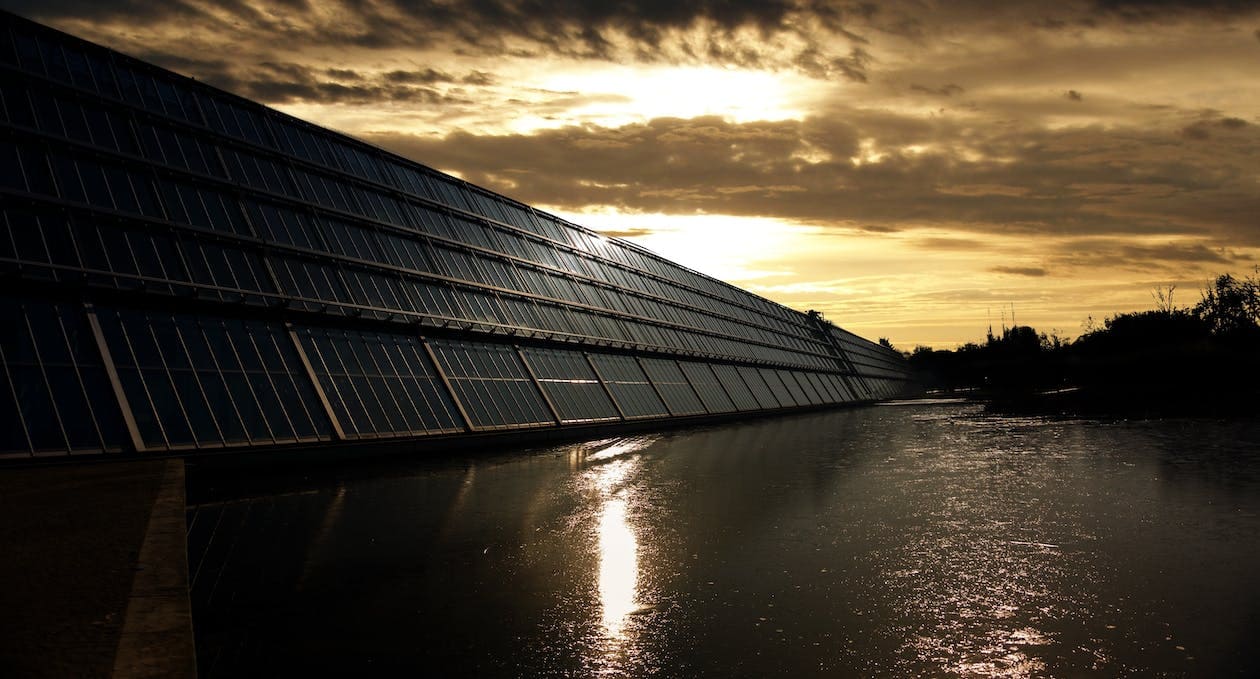
The future of solar power technology and how it is changing the energy industry
The future of solar power technology is bright, and it promises to revolutionise the energy sector. With the growing concerns about climate change and the need for cleaner and more sustainable sources of energy, solar power has emerged as a leading contender. Advances in technology and manufacturing have led to a dramatic reduction in the cost of solar panels and other equipment, making it more accessible to households, businesses, and governments alike.
Concentrated Solar Power (CSP)
One of the most promising solar technologies being developed in India is Concentrated Solar Power has the potential to revolutionise the energy sector in India. CSP systems use mirrors or lenses to concentrate sunlight onto a small area, generating heat that can then be used to generate electricity. Large-scale power generation is possible with this technology, which has the potential to be especially helpful in regions with high levels of solar radiation.
The development of BIPV technology in the country is at a nascent stage, it has the potential to play an important role in the country's energy transition. The technology may become a more attractive choice for energy providers and policymakers looking to lessen their carbon footprint and offer reliable, renewable energy to their communities as it advances and become more cost-effective.
Agrivoltaics
Agrivoltaics, also known as agrophotovoltaics, is the innovative approach of combining agriculture and solar energy. It entails the installation of solar panels above or in the middle of crops, allowing both to benefit from the same land. Due to its numerous advantages, including the effective use of land, increased crop yields, and production of renewable energy, this practice is becoming more and more popular around the world.
Several initiatives have already been taken in India to promote agrivoltaics. The future of agrivoltaics in India looks promising, as it can help address the dual challenges of energy and food security while also providing additional income for farmers.
Floating solar panels
Floating solar panels, also known as floatovoltaics, are a relatively new and innovative solar technology that involves installing solar panels on floating platforms in bodies of water, such as reservoirs and ponds. This technology has several advantages over traditional solar panels installed on land, including increased efficiency due to the cooling effect of the water and reduced land use.
In India, the potential for floating solar panels is immense, given the country's large number of water bodies, particularly reservoirs. Several Indian states, including Kerala, Maharashtra, and Tamil Nadu, have already initiated floating solar project development. These initiatives are expected to significantly lower greenhouse gas emissions.
Building-integrated photovoltaics (BIPV)
Building-integrated photovoltaics (BIPV) is a solar technology that integrates solar panels into the design of buildings. BIPV has a bright future in India due to the increasing demand for sustainable and green buildings. Both residential and commercial buildings can integrate BIPV into their designs to lower their energy usage and carbon footprints.
BIPV is a versatile technology and can be used in various ways. Solar panels, for instance, may be integrated into a building's roof, facade, or even its windows to provide both power and natural light simultaneously. The technology is also aesthetically pleasing and can be customised to match the design of any building.
India has a huge potential for BIPV due to its massive building infrastructure. The government of India is proactively introducing new initiatives and policies to promote solar adoption of green buildings, providing incentives for developers to integrate BIPV into their projects. BIPV is expected to become a major player in the Indian solar industry in the coming years due to the increasing focus on sustainability and the environment.
Change in the Energy Industry
The future of solar power technology is very bright and it is changing the energy industry in many ways. With advances in solar technology, solar energy is becoming more efficient, cost-effective, and accessible to a wider range of users. One significant trend is the rising use of solar energy for large-scale energy production, including solar farms and utility-scale power plants. These installations can generate enough energy to run whole cities, and they are becoming more common around the world.
Another trend is the development of new solar panel technologies, such as perovskite solar cells and tandem solar cells, which have the potential to be more efficient and less expensive than traditional silicon solar cells. Though they are still in the early stages of development, these innovative technologies have a bright future for solar energy.
In addition, there is a growing interest in integrating solar power into buildings and infrastructure. BIPV (Building Integrated Photovoltaics) and other solar building technologies allow buildings to produce their own energy and reduce their dependence on the grid. This can have a significant impact on the energy consumption of buildings and can help to reduce greenhouse gas emissions.
Finally, there is a growing interest in combining solar power with other renewable energy sources, such as wind and hydropower, to create hybrid energy systems. These systems have the potential to increase energy supply reliability and consistency while also lowering the overall cost of producing renewable energy.
The future of solar power technology is very promising, and it is changing the energy industry in many positive ways. As solar energy becomes more efficient and cost-effective, we can expect to see more widespread adoption of solar power around the world, and this will have a significant impact on reducing greenhouse gas emissions and mitigating climate change.

 Call us
Call us Contact
Contact  Whatsapp
Whatsapp  Solar
Solar